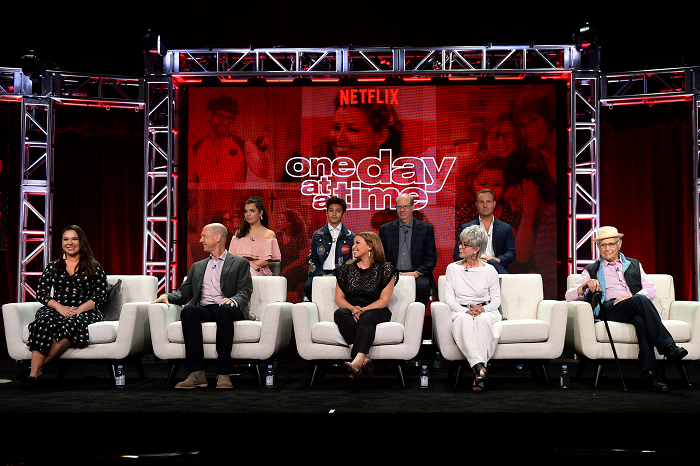Is LGBTQ+ A Genre?
Written by Teen Writers Kyle Gerstel and Adrian Martin and edited by Teen Editor Lucia McLaren

Well, what makes a film a western: the tone, or the cowboys? There is a specific procedure followed by most cowboy movies to effectively portray the (glorified) joys and hardships of cowboy life, with subject and style aligning to form the western genre. However, LGBTQ+ cinema has much broader potential, since a character’s gender and sexuality can be explored in multitudes of ways and don’t dictate every aspect of a story. This suggests that LGBTQ+ should not be considered a genre, but rather a categorization.
However, is that useful to queer people? Due to the inaccessibility of arthouse films, many young LGBTQ+ folks are forced to navigate mainstream entertainment giants like Netflix for crumbs of representation, which can be exhausting. According to GLAAD, a media organization dedicated to LGBTQ+ coverage, less than 20% of films from major studios in 2019 had a character that explicitly identified as LGBTQ+. Everyone deserves to see themselves represented in popular media, so streaming platforms having a category to make finding such stories easier can make the experience much less isolating.

While the representation of marginalized groups is almost always a good thing, some of it is blatant performative allyship. Performative allyship occurs when activism is executed to increase social capital rather than support a cause, with its supreme leader being the Instagram share button. One way corporations do this is by “queerbaiting:” hinting at LGBTQ relationships to ask for attention and time from viewers seeking LGBTQ+ representation without engaging in the actual hard work of allyship. An example of this tactic is when J. K. Rowling announced that Dumbledore was gay, despite never explicitly referencing it in the text. Similarly, creating LGBTQ+ categories is a low-effort way for corporations to show off the little representation they already do have and draw in LGBTQ+ viewers, but it is not enough to hide behind.
From One Day At A Time to Everything Sucks, Netflix’s LGBTQ+ section is a graveyard of stories with good representation that ended before their time. Case in point, Netflix canceled or ended 18 LGBTQ+ shows in 2020 already, disproportionately silencing queer narratives. While categorizing LGBTQ+ media is a useful tool for queer people looking for representation, it's not enough for companies to make these titles easy to find. In order to practice effective allyship, they must put their money where their mouths are and stop canceling high-quality queer programming. Is it a step in the right direction to categorize media that promotes LGBTQ+ stories? Of course. But could companies like Netflix be doing better? Always.
Lead photo credit: Peyton Kennedy and Jahi Di'Allo Winston in Everything Sucks! (2018). Photo by Scott Patrick Green/Netflix.
The TeenTix Newsroom is a group of teen writers led by the Teen Editorial Staff. For each review, Newsroom writers work individually with a teen editor to polish their writing for publication. The Teen Editorial Staff is made up of 6 teens who curate the review portion of the TeenTix blog. More information about the Teen Editorial Staff can be found HERE.
The TeenTix Press Corps promotes critical thinking, communication, and information literacy through criticism and journalism practice for teens. For more information about the Press Corps program see HERE.

